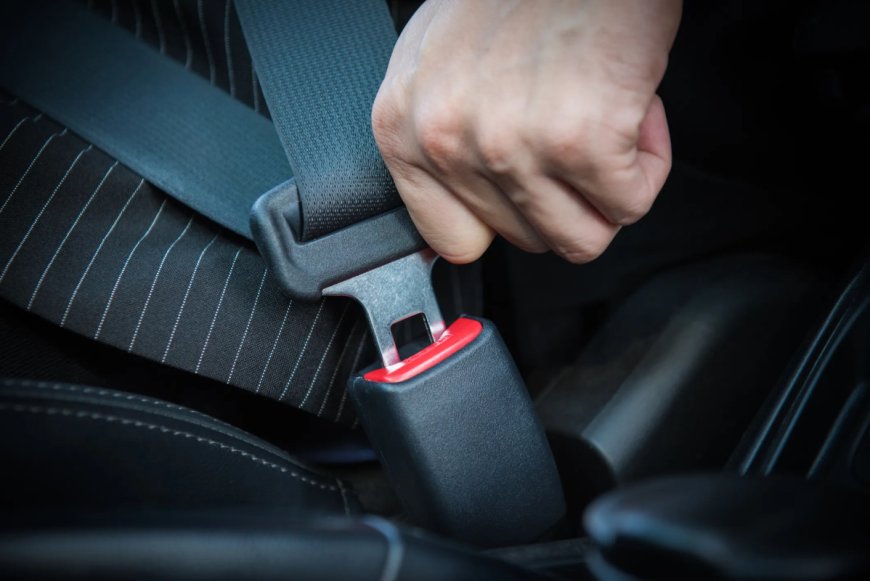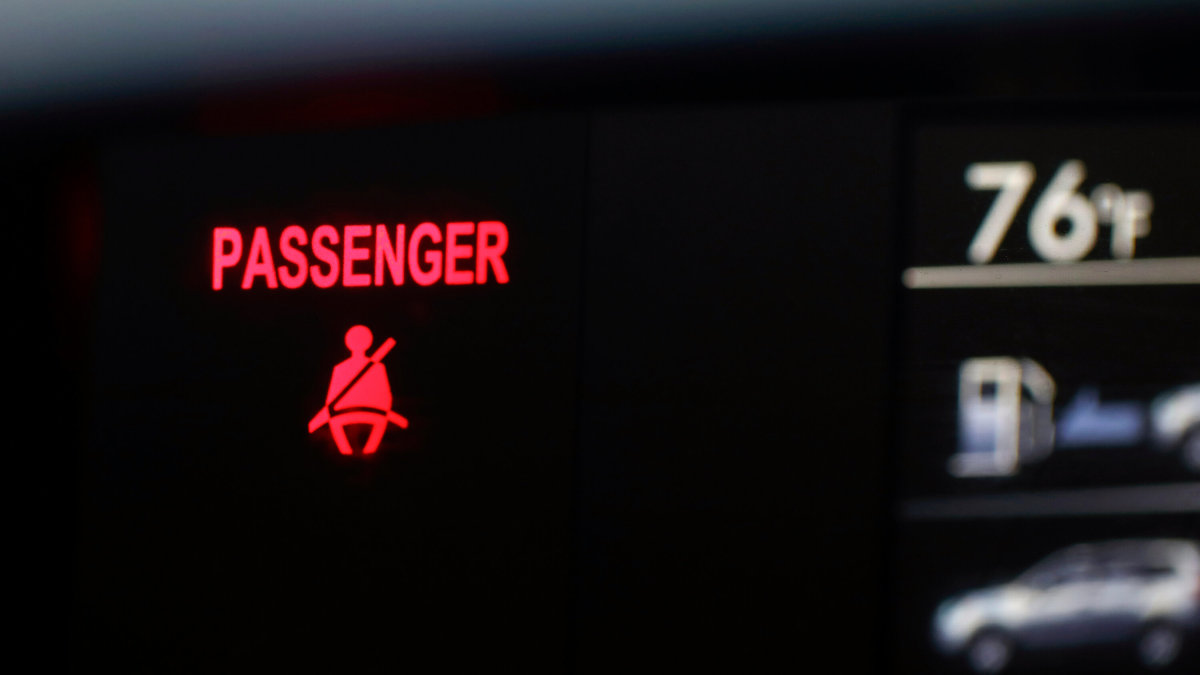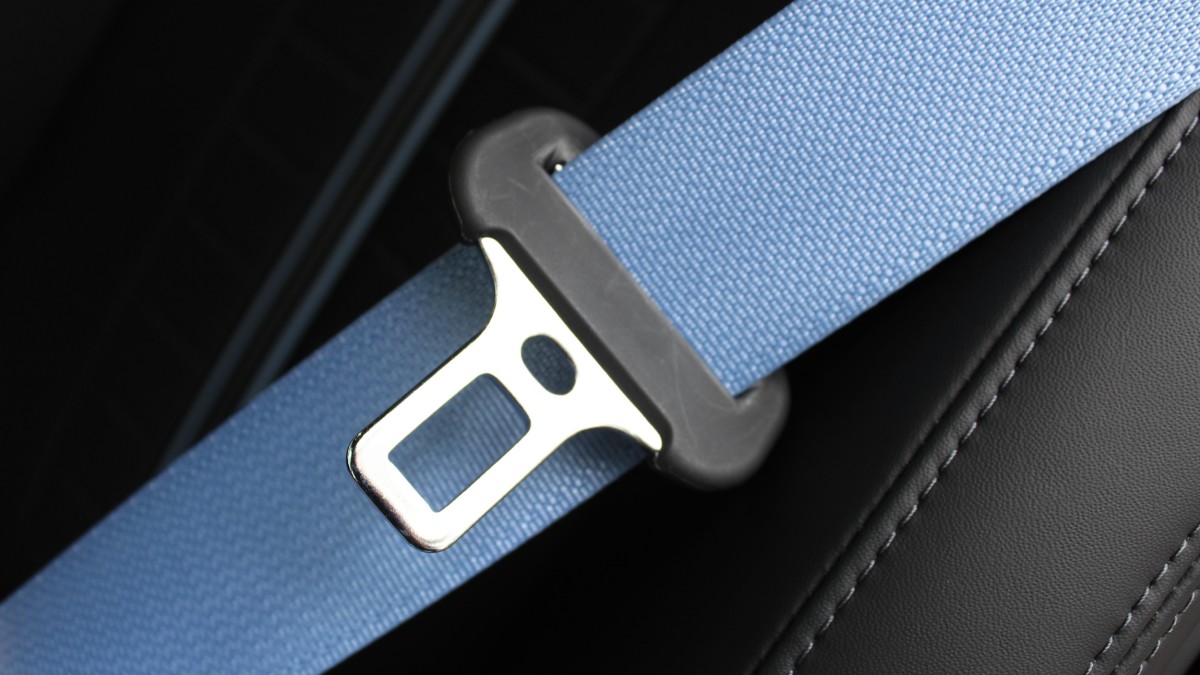More beeping incoming: NHTSA cracks down on rear seatbelt safety with mandate
Europe has enacted similar laws since 2019, so we might be just a little late on this one.

In an effort to get more passengers to wear seatbelts, the Department of Transportation has established a new federal law that will notify the driver if occupants in the rear seats aren’t buckled in. This will be required in new cars and light trucks, according to a recent statement.
“Wearing a seat belt is one of the easiest and most effective ways to prevent injury and death in a vehicle crash,” said NHTSA’s Chief Counsel Adam Raviv. “While seat belt use has improved for decades, there’s still more we can do to make sure everyone buckles up. These new requirements will help to increase seat belt use, especially for rear seat passengers, by enhancing reminders for vehicle occupants to buckle up.”
Updating seatbelt rules

Getty
The original seatbelt rule, known as Federal Motor Vehicle Safety Standard No. 208, or “Occupant crash protection,” has been amended in an effort to significantly increase seatbelt use and prevent crash fatalities. In addition to rear occupants, people in the driver and front passenger seats will receive increased warnings.
According to the NHTSA's Fatality Analysis Reporting System, about half of all occupants who died in vehicle crashes in 2022 didn’t wear a seatbelt. Usage rates hovered around 92 percent for front-row passengers and 82 percent for those in the rear. The amended rule is estimated to prevent more than 500 injuries and save about 50 lives per year.
Existing tech waiting to be streamlined
Although manufacturers have a few years to comply, this technology is already present in several new vehicles for sale today. Sensors detect if enough weight is on the seat and alert the driver either visually, with a chime, or both. Part of the motivation behind implementing it sooner is addressing the issue of pets and young occupants left in hot cars during the summer months.
In addition to enforcing seat belt usage, the NHTSA finalized a number of safety initiatives aimed at reducing traffic deaths, including a requirement for new passenger cars and light trucks to come with automatic emergency braking systems by 2029. New updates were brought to its 5-Star Safety Rating system, also known as the New Car Assessment Program, which accounts for new driver-assist tech and pedestrian protection. John Beltz Snyder
Final thoughts
Updated seatbelt alert rules will go into effect on September 1, 2026, for drivers and front-row occupants and on September 1, 2027, for rear-seat occupants. In retrospect, it is a little unfortunate that laws have to be enacted to encourage people to wear seatbelts. As Adam Raviv said, they are the easiest way to ensure much higher survivability in a car accident. What's a good reason not to buckle up?











































